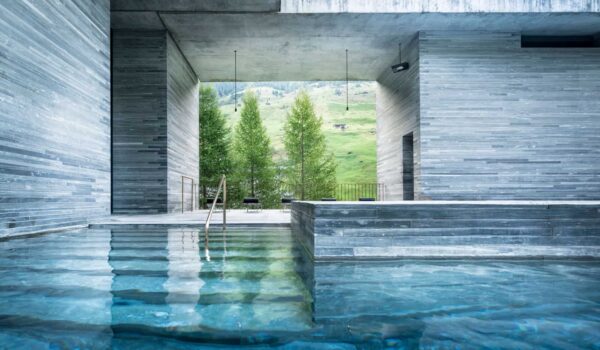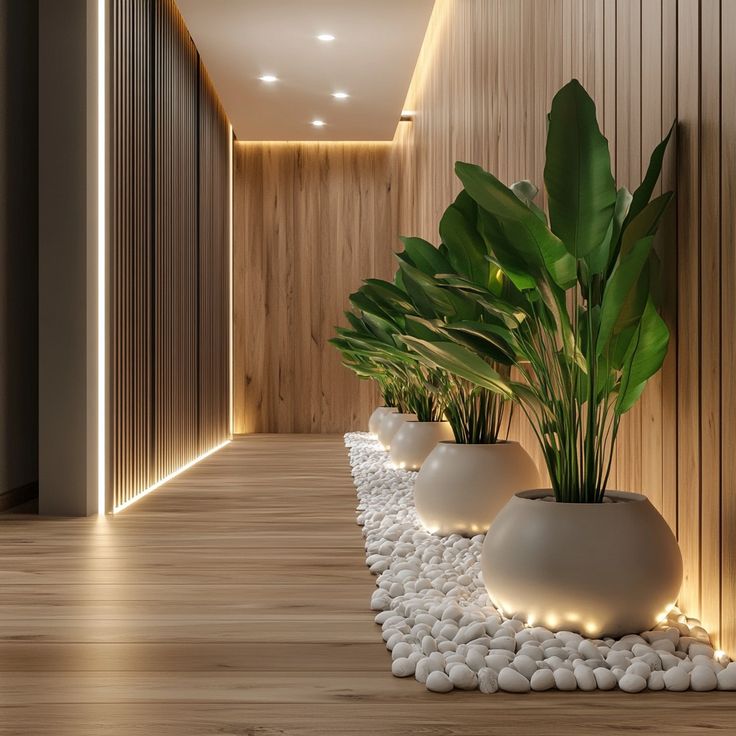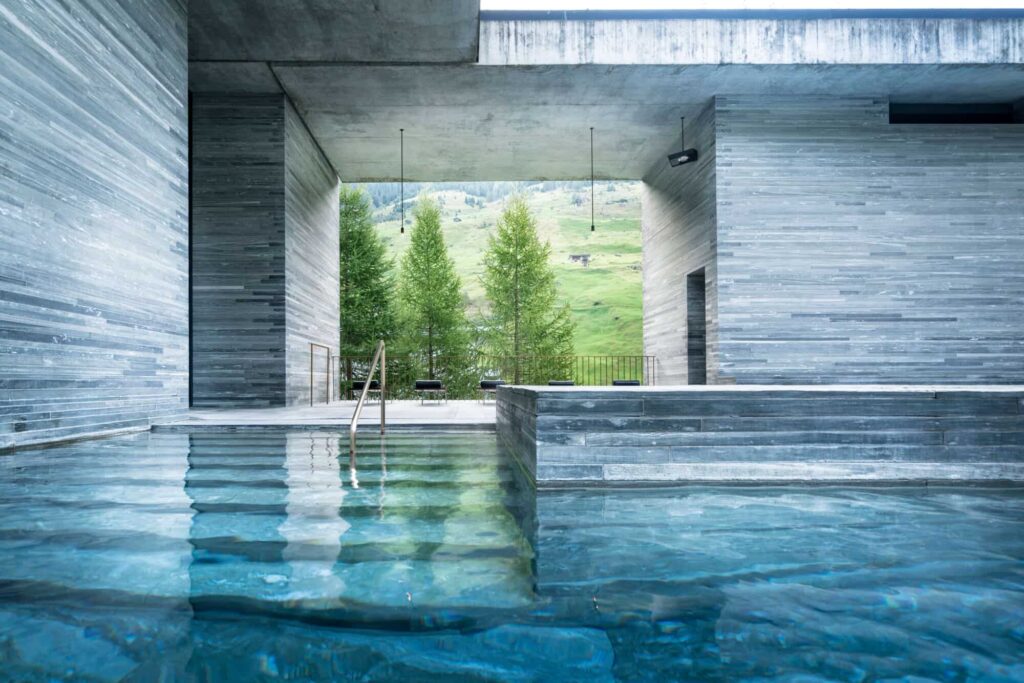Evoking the Invisible: How Poetic Architecture Awakens the Senses

🌫️ 1. A Sensory Opening: Space That Whispers
You step into a shadowed stone corridor. The air carries the scent of cool earth and old wood. Your footsteps echo softly, as if the space itself is listening. Light filters gently through a small opening above, not to impress, but to invite—a golden silence that wraps around your body like a memory. There is no glass façade here, no glossy surface shouting for attention. Instead, there is presence—a feeling of being held by space.
In that moment, you realize: this is more than architecture. It is a kind of poetry—unwritten, but deeply felt.

🧠 2. What Is Poetic Architecture?
Architect Juhani Pallasmaa, in his influential work The Eyes of the Skin, argues that modern architecture has become dominated by sight—flattened into images, reduced to surface. He reminds us that we do not experience the world with our eyes alone, but through the full sensorium of the body. He writes of the “poetics of space”—design that speaks to all the senses, ignites memory, and evokes deep emotional resonance.
Poetic architecture, then, is not style—it’s sensation. It’s the way a wall holds warmth from the sun, how a ceiling shelters like a canopy of trees, how a room carries the smell of age or incense or pine. It’s how space feels, not just how it looks.

🚧 3. What Modern Architecture Often Misses
In our visually obsessed, Instagram-ready world, architecture is often reduced to a series of images: flat, curated, and glossy. We design for the camera rather than for the body. Smooth surfaces, sharp edges, and abstract forms may be striking in photographs—but when you walk through these spaces, something is missing.
They do not speak to us. They do not remember us.
Instead of silence, we hear HVAC systems humming. Instead of the smell of wood or stone, we get sterile air. Instead of a sense of arrival or ritual, we get automatic doors and motion sensors. These environments are efficient—but are they alive?

🌿 4. The Return of the Senses: Toward a Poetic Design
Poetic architecture doesn’t shout. It whispers. It invites slowness, intimacy, and attention. It reclaims the richness of human experience—through:
- Texture: A rough plaster wall that warms in the sun. The worn edge of a wooden bench.
- Light and Shadow: A shaft of morning light falling across a stone floor. The quiet drama of dusk filtering through linen curtains.
- Sound: The hush of a library. Rain tapping on a zinc roof. The creak of timber underfoot.
- Scent: Jasmine in a courtyard. The trace of incense in a sanctuary.
- Memory: The feeling of home. The resonance of childhood. The echo of a sacred place.
Architects like Peter Zumthor and Tadao Ando have mastered this language—building with silence, tactility, slowness, and emotional presence. But even vernacular homes, handmade by craftspeople, carry this same poetry. They are not perfect. They are alive.

✏️ 5. A Personal Reflection: Designing for Emotion
In my own work, I’ve found that clients often don’t have the language for what they want—but they feel it. They say things like, “I want the space to breathe,” or “It should feel calm, grounded, like something ancient.”
In one recent café design, we used rough clay tiles, hanging plants, diffused light, and natural wood furniture. Customers didn’t just say it was “beautiful”—they said it was peaceful, welcoming, warm. That’s when I knew: the architecture was speaking not to the eye, but to the body and soul.
❤️ 6. Why It Matters: Spaces That Remember Us
In a world of speed, data, and distraction, poetic architecture invites us to return to ourselves. It does not entertain us—it embraces us. It reminds us of our senses, our memories, our human fragility and strength.
We must ask ourselves: Are we designing spaces that people can live in, or only look at?
Because when architecture is poetic, it stays with us. Long after we’ve left the building, we remember the way it made us feel.

❓ 7. What About You?
What space has stayed with you—not because of how it looked, but because of how it felt?
